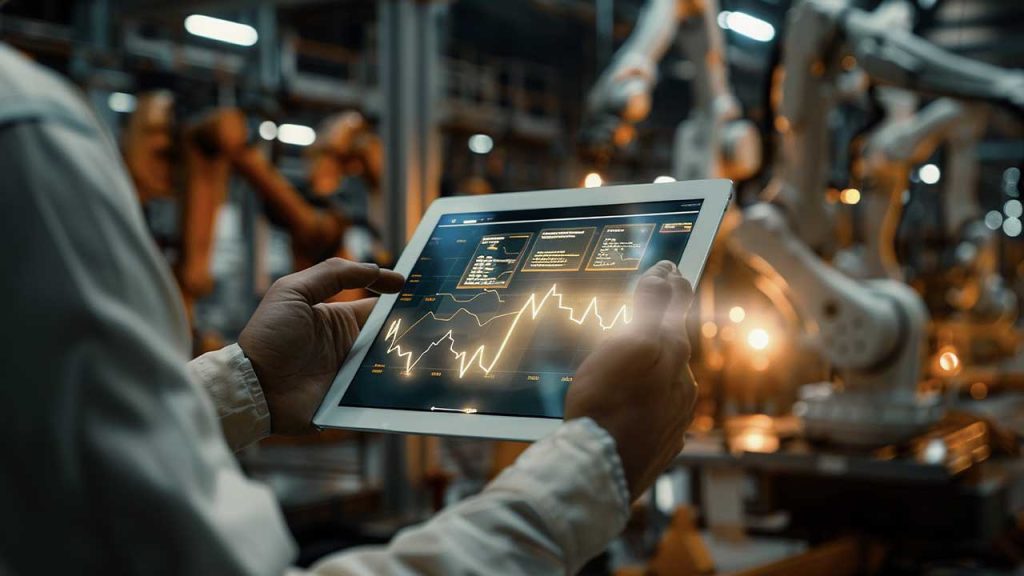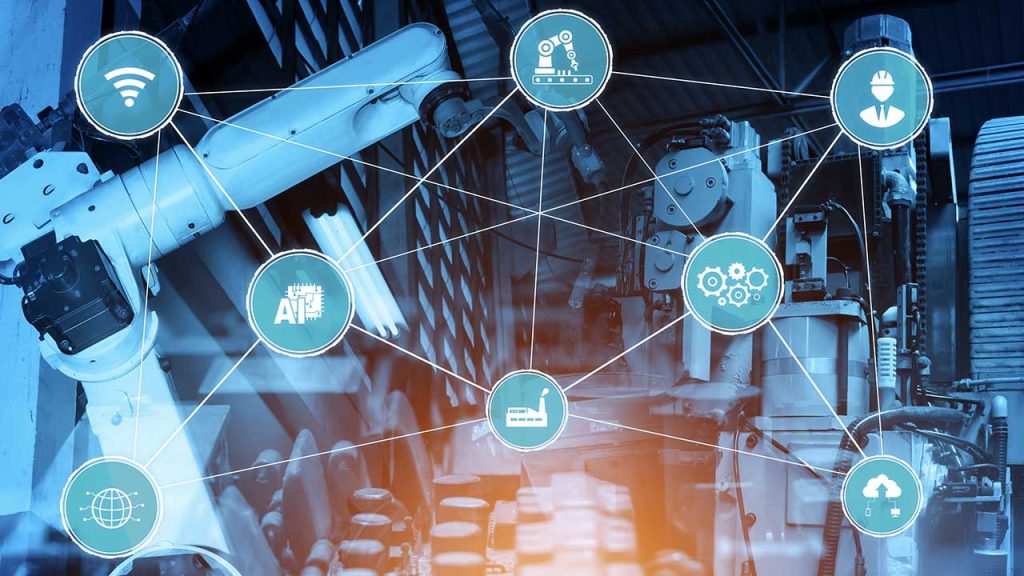
Beyond Automation: Entering the Age of Autonomy
For more than a century, our factories have been powered by automation—machines tirelessly repeating the same motions, churning out parts, and, occasionally, chewing up a wrench if something went wrong. Automation gave us the Industrial Revolution and, eventually, affordable toasters. But as powerful as automation has been, it has one fatal flaw: it can’t think.Today, […]
Read more









